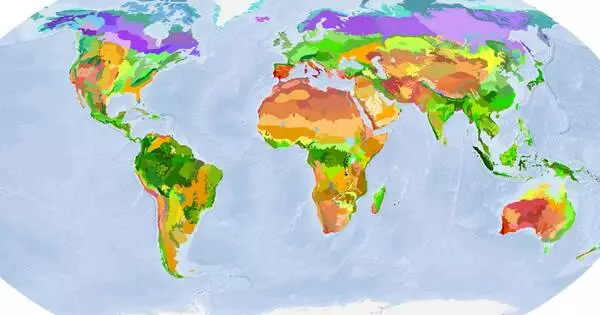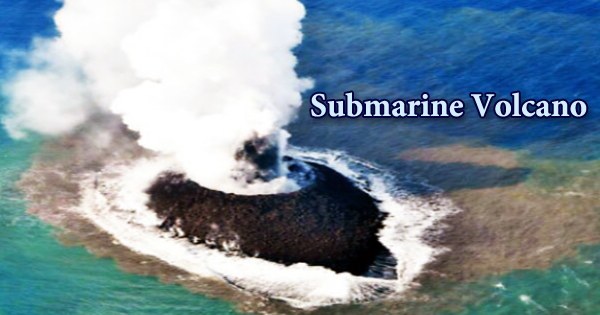An ecoregion, also known as an ecological region, is a geographical area defined by a specific combination of climate, soil, vegetation, and other ecological factors. It is an ecologically and geographically defined area that is smaller than a bioregion, which is smaller than a biogeographic realm.
Ecoregions are used in ecology, biogeography, and conservation biology to study and manage biodiversity. Understanding the distribution of ecoregions allows scientists and conservationists to identify areas with distinct ecological characteristics and prioritize conservation efforts.
Ecoregions are geographically distinct assemblages of natural communities and species that cover relatively large areas of land or water. Rather than political boundaries, ecoregions are defined by patterns of ecosystems and the species that inhabit them. These regions represent large areas of the Earth’s surface with similar environmental conditions and, as a result, plant and animal communities.
There are several ecoregion classification systems, each with its own set of criteria and approaches. The World Wildlife Fund (WWF) classification is a well-known system that divides the world into distinct ecoregions based on a combination of climate, vegetation, and other environmental factors.
An ecoregion’s biodiversity of flora, fauna, and ecosystems is distinctive from that of other ecoregions. In theory, biodiversity or conservation ecoregions are relatively large areas of land or water where the likelihood of encountering different species and communities remains relatively constant at any given point, within an acceptable range of variation (largely undefined at this point). Ecoregions are also referred to as “ecozones” (“ecological zones”), though the term “ecozone” can also refer to biogeographic realms.
Three caveats apply to all bio-geographic mapping methods. To begin with, no single bio-geographic framework is ideal for all taxa. Ecoregions represent the best compromise for the greatest number of taxa. Second, ecoregion boundaries rarely have sharp edges; rather, they are bound by ecotones and mosaic habitats.
Third, most ecoregions have habitats that differ from the biome assigned to them. Physical barriers (plate tectonics, topographic highs), climatic barriers (latitudinal variation, seasonal range), and ocean chemical barriers (salinity, oxygen levels) can all lead to the formation of biogeographic provinces.
Ecoregions are critical for biodiversity conservation because they aid in the identification of areas with high species richness and endemism. Conservation strategies can then be developed to safeguard and preserve these unique ecosystems and the species that rely on them. Understanding ecoregions is also important for addressing environmental issues and promoting sustainable development practices in various parts of the world.
















